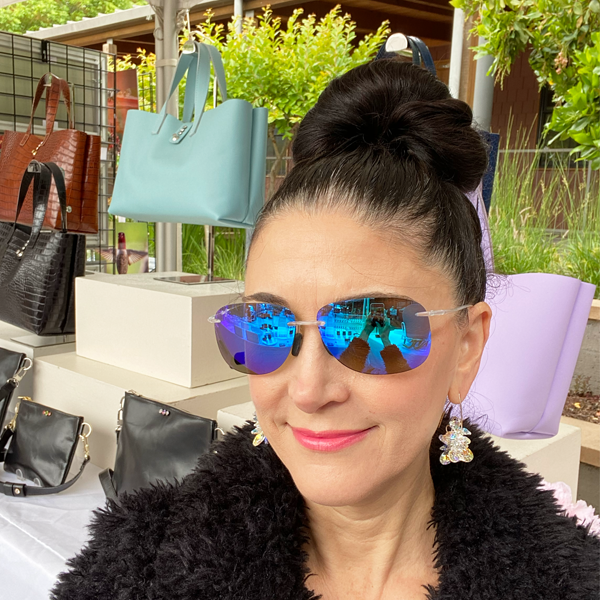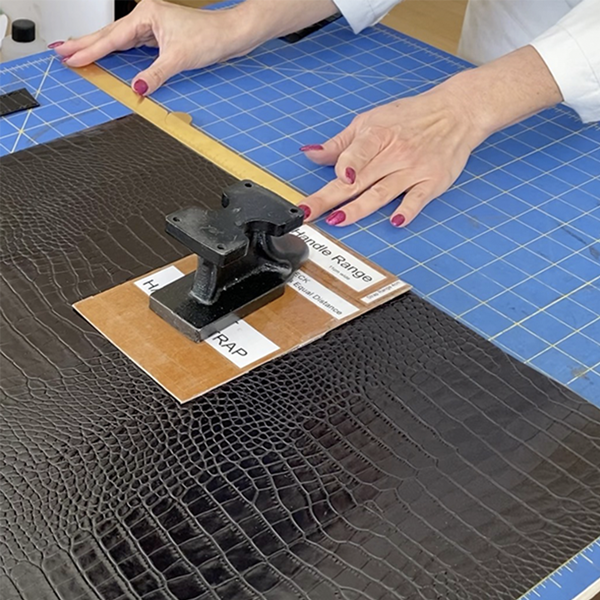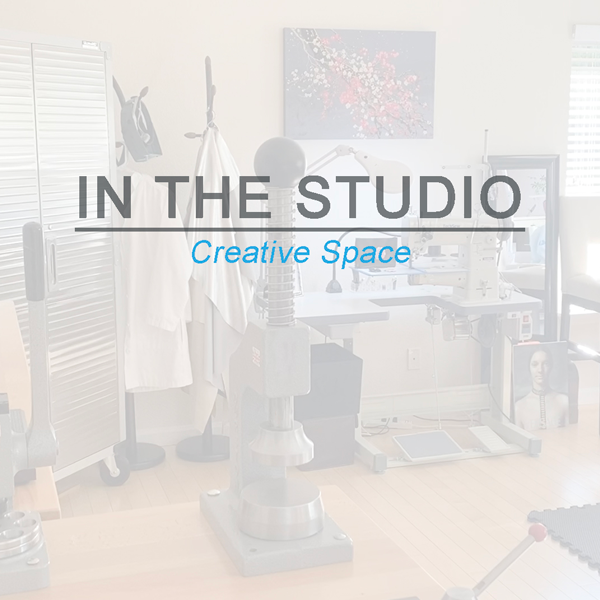When the Gut Takes Over – My Personal Journey with a Digestive Health Setback (2025)
Go behind the scenes with artist Lisa Ramos as she prepares Low FODMAP meals and carefully packs her van with a cooler and handmade artwork for an upcoming art show. This glimpse into her routine highlights the personal dedication and planning behind every MONOLISA event.
A Familiar Start
2025 began like many years before. After celebrating the holidays with my family—and enjoying a few extra pounds thanks to all the delicious food—I was still glowing from the joy of sharing my MONOLISA designs at art shows across Northern California. I looked forward to a quiet few months of rest and creativity in my studio.
With only one local art show scheduled for February, life felt refreshingly low-stress. I was also working with a new pelvic floor physical therapist, making great progress on my chronic lower back, hip, and leg pain. My mornings were peaceful—sleeping in until 7 a.m., sipping warm coffee, and heading up to my sunny workspace. After years of pre-dawn art show wake-ups, this felt like a welcome reset.
The Unexpected Shift
By mid-February, I came down with what I thought was just a cold—but it quickly knocked me off my feet. It turned out to be COVID, my first time contracting it. Recovery was rough. When I finally turned the corner, I felt an even deeper appreciation for daily life. I made it through my February art show and was excited for the months ahead.
Then, I noticed something was off with my digestive system.
Searching for Answers
My gastrointestinal symptoms lingered, so I called my gastroenterologist in March. The earliest appointment? July. I pushed for anything sooner and got scheduled for May. Disappointed but determined, I waited it out while my discomfort worsened.
By May, I asked my doctor for a colonoscopy. I had always stayed on top of routine screenings—especially important given my history with ovarian cancer and prior polyp findings. He agreed, and we scheduled it two weeks out. In the meantime, my condition deteriorated—I couldn’t eat without pain, was losing weight fast, and started feeling weak.
My doctor ordered an endoscopy to investigate. I got in quickly, and while I waited for insurance approval, he prescribed medications that offered some relief.
The Diagnoses
I was relieved to finally have the endoscopy. When I woke up, I hoped for clear answers. The good news: no signs of cancer, ulcers, or other stomach diseases. But that left the colon as the next area to explore.
Three days later, I had the colonoscopy. I woke up anxious, ready for answers. My doctor delivered more good news—no cancer. A few benign polyps were removed, but nothing alarming.
Then came a diagnosis I hadn’t expected: pelvic floor dysfunction causing impaired bowel motility—something I had unknowingly been living with for years. You can read more about how I discovered this in this earlier post.

Healing Through Food
One of the first major steps I had to take was drastically changing my diet. I began following a strict low-FODMAP, low-fat plan. That meant giving up many foods I loved—including peanuts and avocados. Learning how to eat in an entirely new way was not an easy journey.
Here’s what a typical day of eating looked like:
- Breakfast: Warm water with lemon, coffee with oatmilk, and ¼ cup gluten-free oats with cooked blueberries.
- Lunch: Tuna wrapped in gluten-free rice paper with a slice of cantaloupe.
- Snack: Cooked white potatoes with sea salt.
- Dinner: Fish, white rice with sautéed zucchini, spinach, and a small amount of red bell pepper.
All vegetables had to be cooked. I eliminated fermentable fruits like apples, cherries, apricots, and avocado—plus beans, pasta, and raw salads. It wasn’t glamorous, but I didn’t care. I just wanted to feel better.
Caring for My Mind, Too
Emotionally, this journey was incredibly difficult. Not being able to eat freely or enjoy meals out was isolating. I needed mental and emotional support.
After researching my health issues I discovered this app called Nerva app—a neuroscience-based program using gut-directed hypnotherapy. While it’s designed for IBS, I found its relaxation and breathing exercises incredibly helpful. It felt like meditation for my nervous system, helping me ease the anxiety that came with my daily symptoms. I still use it today.
Where I Am Now
I’m still in the process of healing—continuing to learn what my body can tolerate, making adjustments as needed, and staying both informed and hopeful. I’m currently searching for a motility specialist or neurogastroenterologist for a deeper evaluation.
When I travel for art shows, I pack all of my meals in a large Yeti cooler on wheels. It’s a lot of extra effort and requires meticulous planning, but it allows me to stay consistent with my dietary needs. My typical travel menu includes coffee with warm oat milk in the morning, oatmeal with cooked blueberries for breakfast, tuna salad with potatoes for lunch, and sweet potatoes as a midday snack. For dinner, I usually prepare prawns with sautéed carrots, zucchini, eggplant, and baked potatoes with sea salt.
It’s a lifestyle shift I never anticipated, yet I’m grateful for every small step forward. Sharing this part of my journey is my way of embracing the full picture—not just the polished moments at art shows, but the deeply personal steps it took to get there.
Alongside lifestyle and nutrition changes, I also leaned on my creativity. Making art became one of my best tools for calming stress and quieting my mind. You can read more about my experiences with Art and Stress Relief.
Read the continuation of my story in Part 2 – Finding Relief.

Warmly,
Lisa Ramos
California Artist – MONOLISA







Leave a comment